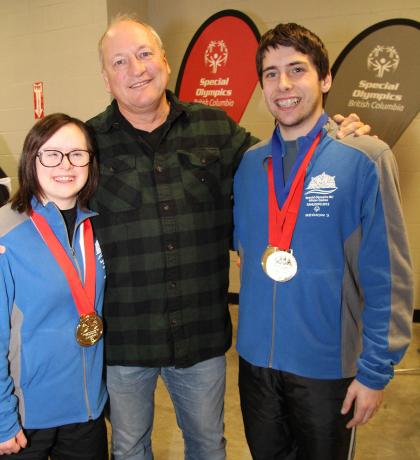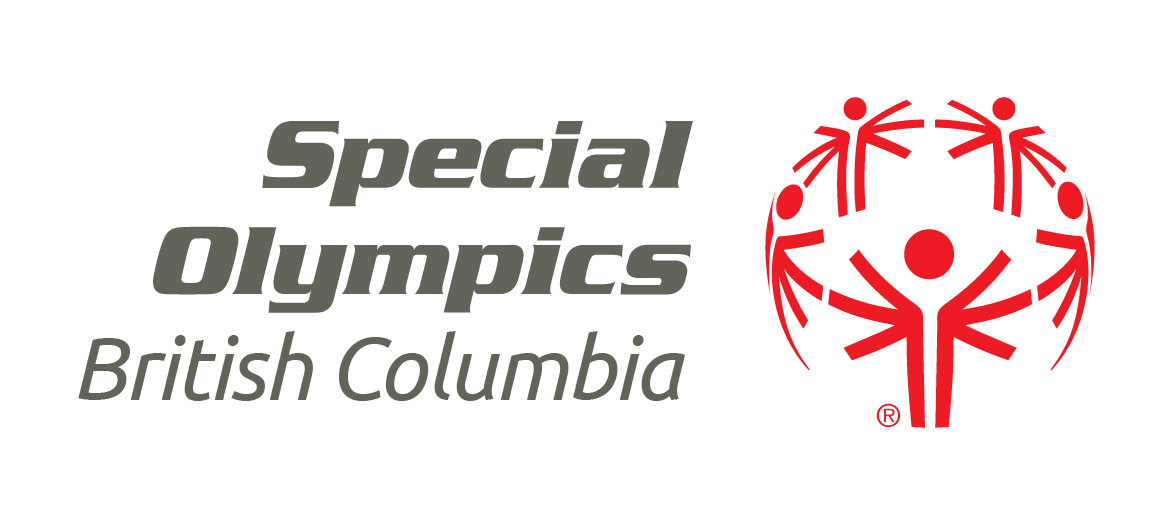
By Jacques Thibault, Special Olympics BC Sport Consultant
Jacques Thibault, an internationally recognized training and speed skating expert with a Master’s degree in science, works with Special Olympics BC athletes and coaches to help empower them to be their very best.
Strength
Strength is the maximum force or tension generated by a muscle group. It is measured on a specialized machine, peak power tests or by lifting a maximum weight. It is important to consult a strength specialist whenever starting a weight training program or test for strength.
Relevance to performance
Strength is an important predictor of performance in many Special Olympics sports. All explosive and speed sports require strength. Strength is like the engine of a car. The more strength the bigger the engine and the faster it can go. An athlete can have a high VO2 max, but if strength is not adequate, he/she will be very limited in their performances.
Strength training improvements
Muscle can generate three to four kilograms of force per centimetre square of muscle cross section regardless of sex. During strength training, the number of muscle fibres does not increase, but the size (cross-sectional area) of each fibre increases. For example, a realistic strength improvement is 26 to 30 per cent for the leg press after a 10-week weight training program.
In general, a larger diameter muscle produces more force than a smaller muscle. However, muscle strength also depends on how well the nerve pulses innervate the muscle. Some increases in muscle strength (especially when weight training first begins) are due to improved nerve pulse innervation to muscle. This aspect of strength training is an important part of a training program and is referred to as Plyo or Neuro training.
This is how it works. When a quick stretch is detected in the muscles, an involuntary response occurs to prevent overstretching and possible injury. This response is known as the stretch reflex. The stretch reflex increases the activity in the muscles undergoing the stretch, allowing it to act much more forcefully. The result is a powerful braking effect and the potential for a powerful concentric muscle action. Just one or two plyometric exercises (four sets of 10 repetitions) one to three times per week for six to 12 weeks can improve performance in all Special Olympics sports
The proven way to improve strength/power is using resistance and weight training program. Weight training will help build your “engine” to the level you need for optimal performances.
Because of individual physiological development, weight training should always be done under professional supervision. A 12 to 16 week period will get the optimal gain and it is recommended to continue weights through the entire season to maintain strength level.
In general younger athletes (10- to 13-years-old) will start with body weight exercises aimed at developing weight training technique and core strength. Here are a few important concepts related to weight training:
“According to the American College of Sports Medicine, National Strength and Conditioning Association -- and the American Academy of Pediatrics -- athletes as young as age seven can safely begin weight programs using some common-sense guidelines.”
Pre-pubescent adolescents (13 and under) are typically not able to build much muscle mass if any. A strength-training program at a young age should be secondary to a sound conditioning program and should focus on correct technique, smooth, controlled motions with less resistance and many repetitions.
For athletes older than 13 that have acquired excellent technique and good core strength, heavier weight with lower repetitions can be started. Recording the height of an athlete will help determine when growth has levelled off and a heavier load can be added.
